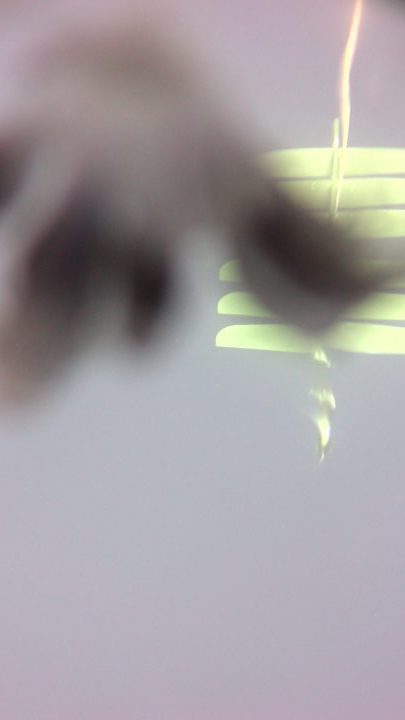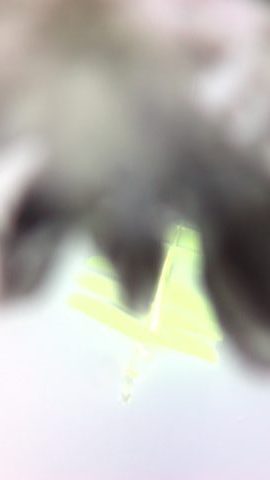Barnacles are pesky little creatures. Have you ever heard of Barnacle Bill, the foulest sailor? Well, he’s named that for a reason. Sailors, shipowners, and mariners hate barnacles because they attach to the bottoms of boats and ships (biofouling). Large barnacle colonies weigh marine vessels down, which causes them to drag and burn more fuel. In our case, they stick to the bottom of our Wave Gliders and block the camera’s field of view.
Biofouling is a process where invertebrates, including barnacles, mussels, sponges, and corals stick to marine surfaces. For this to occur, a biofilm consisting of bacteria, algae, seaweed, or diatoms must first form on the substrate. The formation of biofilm is dependent on many environmental factors, however, once it develops, the biofoul rapidly increases.
To prevent biofouling, we experimented with an antifouling Coppercoat™ paint and a 90-10 copper-nickel alloy before deploying Europa. First, we painted the entire vehicle with the Coppercoat™. If we didn’t do this step, a thick layer of barnacles and algae would encrust Europa and significantly weigh her down. We then sheathed the camera within a copper-nickel casing with an acrylic lens in hopes that biofouling would not occur.
This image displays the bottom of Europa's float, painted with a Coopercoat paint. The Camera (facing down) is encased in a copper-nickel alloy housing with an additional copper ring around the acrylic lens to prevent biofouling.
As a secondary safeguard, we incorporated an additional biofoul resistant copper ring around the lens. Unfortunately, that didn’t work as we’d hoped. Europa has had a barnacle progressively developing over the camera’s field of view for over a month, and there’s nothing we can do about it. Their lifespan is 8-20 years so that barnacle will keep growing until Europa’s mission is complete, at which time we will identify this barnacle. Below is an image sequence of the barnacle forming in the camera lens.
So, besides being annoying, what is a barnacle’s purpose and ecological role? Barnacles are in the Crustacea taxon, meaning they are related to shrimps, lobsters, and crabs. They are most abundant in areas where upwelling occurs, worldwide. As larvae, barnacles function as zooplankton; microscopic organisms that float around as food for other critters. As they morph into adulthood, they affix themselves to surfaces, such as rocks, ships or whales, and eat microscopic plankton through feather-like appendages called cirri. Primarily, they play a trophic role in balancing plankton populations.
Barnacles secrete a robust adhesive substance like super glue that has enormous medical and engineering potential. Scientists have discovered barnacle’s glue binds the same way humans’ blood does when it clots. By researching it further, scholars can gain more information about how to prevent barnacles from fouling.




